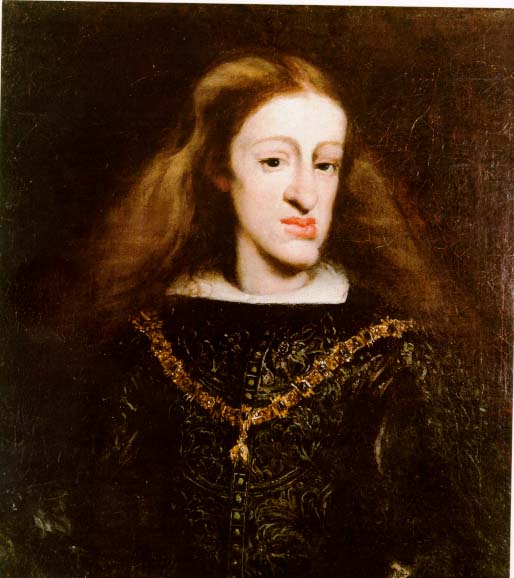A lovely young English couple are planning to visit my town in a fortnight, along with 70-odd out-of-town police officers, trucks-full of barricades and a personal hair stylist. As William and Kate’s arrival approaches, I find myself situated as a public servant, so I shan’t venture any opinion at all on Canada’s future with the monarchy. I shall simply offer an objective and, of course, unrelated account of consanguineous unions in European royal history.
All ten current European monarchs — that’s Belgium, Spain, Luxembourg, UK, Norway, Sweden, Denmark, Liechtenstein, Monaco and the Netherlands, for those who haven’t kept track of republican trends — are direct descendants of John William Friso, Prince of Orange, who died in 1711, ten generations ago. This fact understates their actual degree of kinship, however, because the interconnected bloodlines cross much more recently. Most of the European monarchs are also descended from the grandmother of Europe, Queen Victoria of England and from Christian IX of Denmark, both of whose many respective grandchildren – who occupied their thrones during the First World War – married each other so conscientiously their family tree sports the systematic order of a round-robin badminton tournament. Of course, Queen Victoria and her consort Albert were first cousins to begin with, and Victoria passed her hemophilia down to her far-flung grandchildren.
The Habsburg line, however, was the European royal dynasty most infamous for its paranoia around outsiders and resulting intermarriage, to the point where it bred itself out of existence. Creating a genetic bottleneck akin to that suffered by cheetahs – a species whose members are all as genetically related as first cousins – the Habsburgs came to a crisis point with King Charles II of Spain. His inbreeding coefficient was higher than what would be expected from the child of two siblings.
Epileptic, mentally retarded, and impeded in speech by his oversized tongue, Charles was the unwitting victim of the inbreeding that preceded him and culminated in his parent’s marriage (that of an uncle and a niece). The genetic disorder of mandibular prognathism — also known as Habsburg lip — had been progressively exaggerated over six hundred years of inbreeding to the point where Charles could not chew his food. He most likely had a heritable pituitary hormone deficiency and distal renal tubular acidosis which would account for his emotional difficulties and led to the impotence that extinguished the dynasty.
Charles Darwin demonstrated the depression in fitness that results from inbreeding, both experimentally and personally, through his marriage to his first cousin — the grandparents they shared in common had also been first cousins — and their subsequently infertile and short-lived children.
Our species has the gleefully liberating ability to overrule much of its package of inherited instinct, and this has led to the most sublime cultural transcendence of our baser nature. But when a culture so jealously protects the purity of its ultimate symbols of inherited wealth that it overrules the incest taboo, again and again, nature speaks.
My own Queen, whom I first pledged to serve shortly after my seventh birthday as part of a Brownie Guides initiation, three fingers solemnly raised, has reared her children to break the pattern. None of her four offspring married into royalty and her grandson’s match with a commoner — which might elsewhere have been considered morganatic (unequal) and been denied the full conferral of privileges — promises to widen the gene pool yet further. I look forward to seeing their children healthier for it, whatever their title.
Image: Charles II of Spain, circa 1685

Hybrid vigor! The New World is full of it so yay for the non-European side of the Atlantic.
Apparently, the “Hapsburg jaw” is actually a characteristic they inherited from the Piast dynasty when one of them married a Polish princess in the 12th or 13th century.
Also, of course, the Hapsburgs didn’t die out. The Spanish branch of which Charles II is the nadir, did, but there are a staggering number of Hapsburgs of several branches hanging about. Somewhere along the way, too, they seem to have mostly bred out the big genetic problems.
William and Kate’s eventual children will be the most out-bred heirs in centuries, between Queen Elizabeth’s Scottish mother, Princess Diana, and now Kate.